The Dark Ambient Sci-Fi Storytelling of Alistair Rennie’s Ruptured World
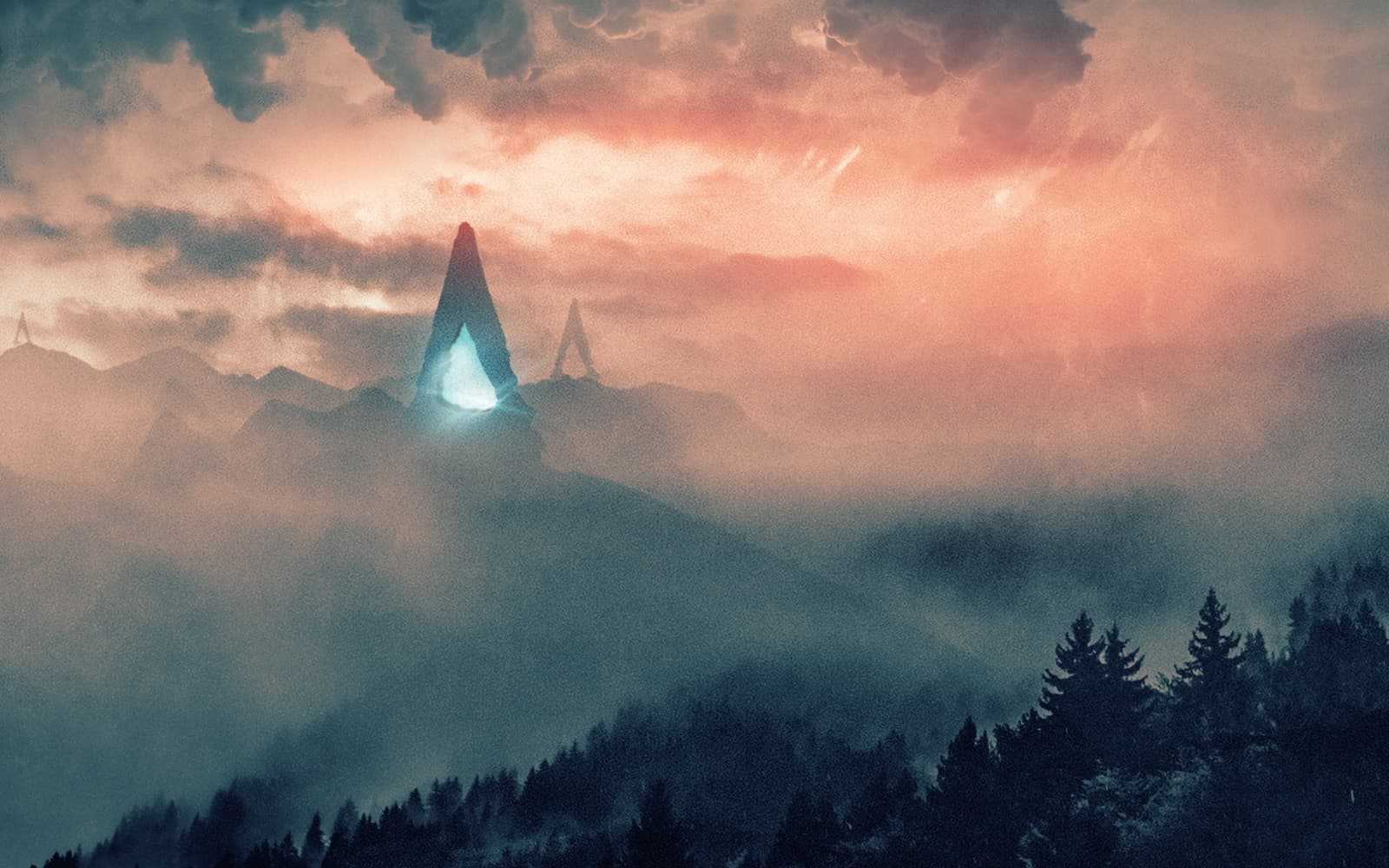
Earlier this year, Scottish author Alistair Rennie released his fifth album as Ruptured World via the Cryo Chamber label. (Cryo Chamber is one of today’s pre-eminent dark ambient labels thanks to releases by Alphaxone, Atrium Carceri, and of course, Ruptured World.) Titled Xenoplanetary, it’s the fourth and final album in Ruptured World’s “Planetary” series, which chronicles the fate of a deep space mission sent to explore and evaluate the planet Proxima Centauri b for potential colonization.
Wedding narratives to dark ambient music is a bit of a no-brainer given how the genre often possesses a very cinematic quality. (If you doubt that, just read some of the descriptions I’ve employed in my own dark ambient reviews.) But with Ruptured World, Rennie takes that approach quite literally, interweaving his ominous soundscapes with distorted and fragmented broadcasts and audio journals to create a disquieting narrative suffused with eldritch and alien horror.
Exoplanetary (2018)
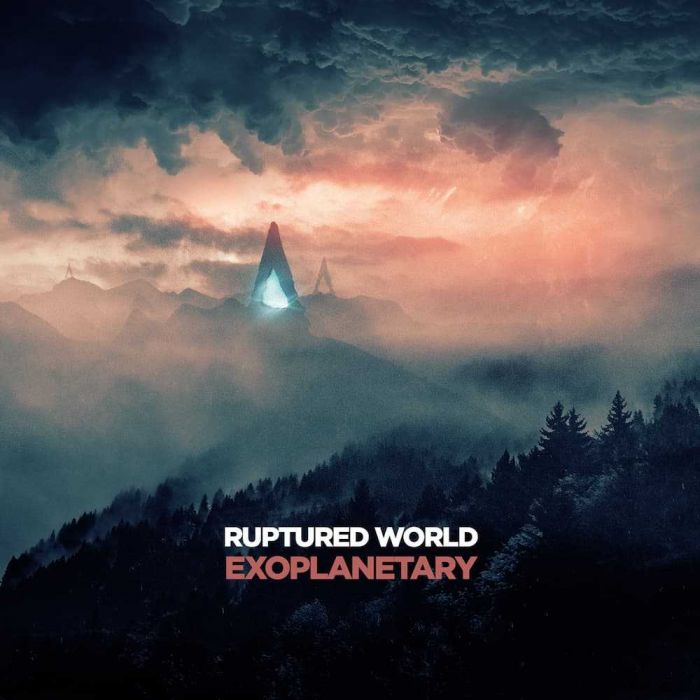
The “Planetary” series launched (npi) with 2018’s Exoplanetary and the mission’s arrival on Proxima Centauri b. Static-laden journal entries by Dr. Hector Macrae, the mission’s chief science officer, describe their difficult descent to the planet’s surface, his impressions of the planet’s flora and fauna, and a growing realization that Proxima Centauri b is not as uninhabited as they thought.
As expected, Exoplanetary is filled with barren drones and foreboding soundscapes as befitting an album about an expedition to a strange planet lightyears from home. While there are moments of awe and even beauty in songs like “The Sunken Valleys” and “Future Cries of No Tomorrow,” the prevailing sense is one of doom and ruin.
With each passing song, Dr. Macrae’s entries grow darker as he describes the mission’s encounter with an intelligent and deadly alien race called the Krivren. Part of the album’s eerie effect stems from Dr. Macrae’s calm, detached voice as he describes the mission’s increasingly desperate state, including a last-ditch effort by the mission commander to establish peaceful contact with the Krivren. Given the album’s final melancholy strains, however, it’s easy to guess the success of such efforts.
Archeoplanetary (2019)
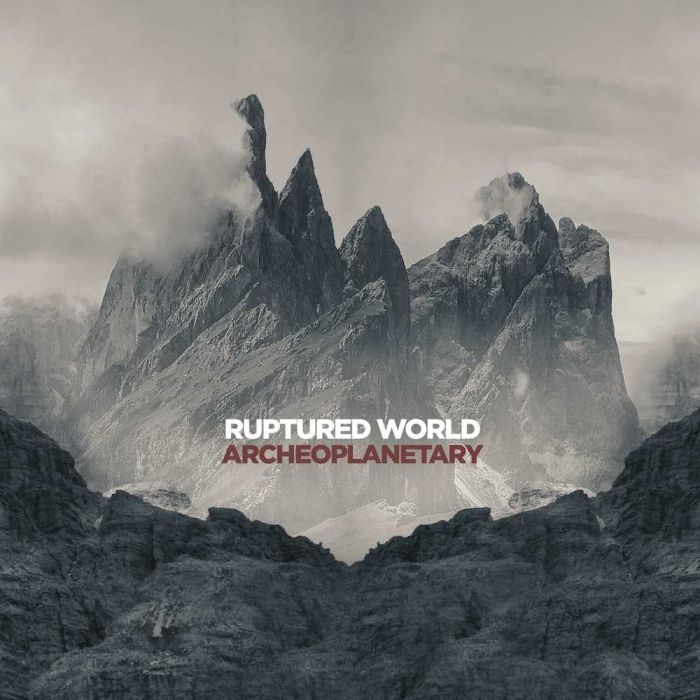
As the title suggests, the second “Planetary” album — 2019’s Archeoplanetary — is actually a prequel of sorts. Whereas Exoplanetary is set in the distant future on a distant world, the events of Archeoplanetary occur in Scotland circa 1936. There, Dr. Archibald Macrae of the Transatlantic Institute of Archaeological Investigations has recovered a cache of materials that once belonged to his friend and mentor, Dr. Marian Tarknassus, who disappeared several years earlier while attempting to decipher an ancient text called the Pictish Ogham.
Archeoplanetary is essentially an audio journal of Macrae’s attempts to determine Tarknassus’ fate, and his initial recordings are filled with excitement as he begins to decipher the text’s secrets for himself. Macrae’s research eventually leads him to a remote northern location. Subsequent recordings describe his archaeological expedition and thoughts on the region’s ancient history as well as the bizarre dreams and phenomena that he begins to experience upon his arrival.
Narratively, Archeoplanetary unfolds like a classic H. P. Lovecraft story, and as such, culminates in a discovery that has shocking implications for humanity’s place, both in the cosmos and on planet Earth, and it leaves Macrae in a distraught state. Sonically, Archeoplanetary possesses ominous soundscapes that are of a piece with Exoplanetary. But Rennie incorporates doomed piano passages (“Rituals of Attainment Through Time,” “Passages of Exposition”) that feel appropriate to the album’s setting. Meanwhile, field recordings and sound effects bring Macrae’s archaeological activities to life.
Interplanetary (2020)
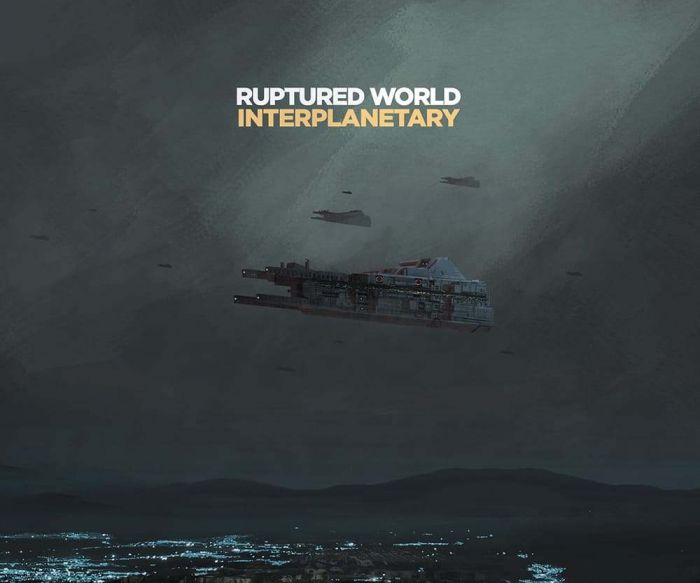
With 2020’s Interplanetary, Rennie returns to the distant future. Ten years have passed since the original Proxima Centauri b mission in 2018’s Exoplanetary, with no word of its fate. A search-and-rescue mission is being planned, led by Dr. Phoenix Macrae, son of the original mission’s chief science officer. Interplanetary details Macrae and his crewmates’ journey across the interstellar void, with Macrae recording his experiences. (Or rather, transmitting them psionically back to mission control on Earth.)
Interplanetary’s overarching theme concerns the strangeness of deep space travel and its effects on the human mind (which are extrapolated further in the album’s liner notes). Unsettling soundscapes abound, evoking the sense of crossing unfathomable and unforgiving cosmic distances, while instances of technobabble (e.g., “vacuum parsec readiness applications,” “time-bending activation procedures”) help to sell the sci-fi conceit. As with previous “Planetary” albums, the narration only enhances the effect, from the increasingly disjointed countdown on “T Minus 20” (which suggests the effects of time dilation setting in immediately) to Macrae’s descriptions of bizarre-yet-awe-inspiring cosmic phenomena during “Time-Bending Activation” and “Before the Nothingness Abounds.”
Like previous albums, moments of beauty appear amidst the disquietude. “Pre-Launch Deep Space Mission Brief” is one of the “Planetary” series’ most haunting songs thanks to some sparse, Harold Budd-esque piano that contrasts a disorienting backdrop and a synthwave denouement courtesy of labelmate In Quantum. Although “Continuum” opens with some of the series’ most harrowing sounds, as the disembodied voices of the damned swirl around you, more subdued and sublime sonics eventually emerge. The aforementioned In Quantum also appears on several other tracks, including album highlight “Standard Logic Unit GX GX 33 Zero,” where his synthwave arpeggios dovetail nicely with Rennie’s narration and darker atmospherics.
Xenoplanetary (2023)
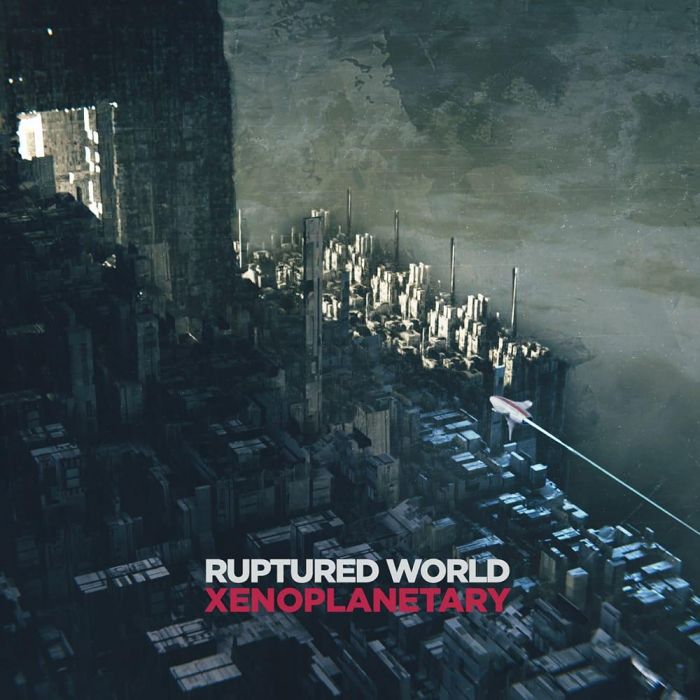
Bringing the “Planetary” series to a close, Xenoplanetary is billed as “strange alien electro-jazz.” But don’t worry: the Max Rebo Band, this most certainly is not. That said, Xenoplanetary does have a slightly different tenor than previous “Planetary” albums. Opening track “Emergency Thought — Cast Distance Messaging” almost has a bit of an ’80s synthwave vibe going on, albeit in a more surreal form, and many of the pieces, like “The Telekinetic Amassment of Being” are more structured and even melodic than other songs in the “Planetary” series.
But in chronicling the second Proxima Centauri b mission, and its increasingly dire circumstances as Phoenix Macrae and his comrades encounter both the alien Krivren and the planet’s bizarre phenomena, Xenoplanetary is very much of a piece with previous “Planetary” albums. With its eerie synths and rumbling undercurrents, “Tenebrous Wetlands” lives up its name, particularly as Phoenix narrates the crew’s precarious position. “The Cruel Darkness” records the Krivren’s attacks, with Macrae noting how the crew is “being systematically reduced to bespattered middens of mangled body parts, plucked from the darkness like a selection of meats from a basket of inexpensive trifles.” Musically, the song is all ominous pulses, inexorable rhythms, and what might be distress calls wailing in the distance.
Much of Macrae’s narration is overwrought and melodramatic, which, like Lovecraft so long ago, adds an otherworldly flavor to the story. This is especially so when he starts talking about phenomena like the Krivren’s “Native Triangulum,” “psycho-magnetic nodal fields,” and “aggregated particle tensions,” and the bizarre effects they start to have on him — as well as the ultimate revelation of the Krivren’s goal, which ties up all of the previous albums’ loose threads.
On paper, it might be tempting to dismiss Alistair Rennie’s work as an exercise in uber-nerdery. Make no mistake, Rennie’s work can get pretty nerdy, the sort of stuff you might listen to for inspiration for your next Starfinder or Ironsworn: Starforged campaign. Here’s the thing, though: Rennie is so committed to his storyline, and his musical compositions are so rich and enveloping, that the “Planetary” albums really do work quite well as a multimedia narrative. (This is also enhanced by the albums’ liner notes and artwork, which further explore the series’ storyline and concepts.)
Thus, Rennie’s own description of his series — “a unique listening and reading experience that integrates sound orchestration with speculative dark fiction to present a quasi-scientific account of future possibilities rendered in sound” — ends up being a pretty apt one.
The effect is so well-realized that by the time you finish the four “Planetary” albums, you feel like you’ve watched a series of strange sci-fi epics. Indeed, the very best kind of sci-fi epic, because it unfolds entirely within your own mind, where there’s no budget and your imagination, fueled by Rennie’s dark ambient storytelling, is the best special effect of all.